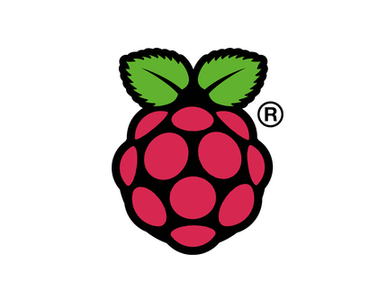
Preliminary version from Jan 25th, 2016.
The distribution of this tutorial is permitted. Comments and remarks about
possible improvements are welcome and should be mailed to the author.
Author: Boris.Gaertner@bildungsgueter.de
Webpage: www.bildungsgueter.de.
The Raspberry Pi® is a single board computer that is sold for about 40 €. It provides approximately the computational power that a workstation offered about 20 years ago. The Raspberry Pi uses carefully tuned versions of various Linux flavours. The most frequently used operating system is Raspbian, which is derived from Debian.

|
Homepage: http://www.raspberrypi.org/.
This tutorial explains the use of the Raspberry Pi and gives a survey about available programming languages and other facilities.
This tutorial contains mostly translations of articles that were earlier published in German. I decided to translate them to make the more interesting parts of my German tutorial available to a wider audience.
There is a table of contents available, which is quite helpful if you are looking for specific information.
Most of the example programs of this tutorial are provided as compressed archive files with file ending ".tar.gz". You can unpack these archive files with Xarchiver, a program that is part of Raspbian. An user guide is given here.

This work is licensed under a Creative Commons Attribution 4.0 International License.